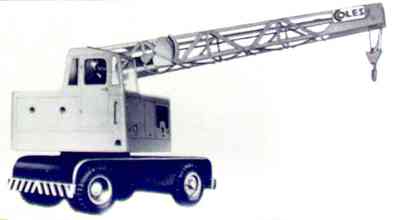|
|
||||||||||
|
|
||||||||||
|
|
||||||||||
|
Vintage Cranes 1879 - 1947 This section shows some of the many cranes developed over the years by Coles. Coles cranes developed steadily throughout the years, every advance in engineering knowledge had been adopted and adapted to improve their efficiency. As one of the earliest manufacturers to replace steam with internal combustion engine Coles progressively developed and subsequently discarded mechanical transmission, hydraulic transmission and different types of torque converter before arriving at the ideal transmission for crane operation the Coles Variable Voltage System. Click on any picture for bigger image |
||||||
When the Coles Brothers took over the foundry and works at Summner street in London they carried on its existing trade of making steam powered rail cranes. They were however quite inventive and one of their early patents was a single cable loading grab which helped sell there cranes. An early engraving from one of the early catalogues shows this type of crane working on coal stacks at a gas works. |
||||||
The London works soon became too small do the brother relocated to Slack Lane works in Derby. This was a major railway town at the time. Here they could produce larger cranes and made a range of large self mobile steam cranes. As each was virtually had build there were many variations but all with the same kind of layout, a vertical boiler driving a steam piston driving a series a gears providing direct drive to all the motions including bogie movement. Nearly all manufacturers were using a similar layout. goto - DATABASE |
||||||
|
A very unusual oddity, found illustrated in an early catalogue, is a rail mounted water hydraulic crane. This was possibly for use on coal docks or coal yards where the open fire of a steam boiler is somewhat dangerous. As coal and grain dust is extremely explosive many water hydraulic cranes were built at docks one even survives to this day in the navel docks in Venice. Coles themselves had built water hydraulic cranes a Woolwich arsenal in 1886. Tower Bridge in London was operated by water hydraulics until 1976 when oil hydraulics replaced the old system.. |
||||||
At the turn of the century other power sources other than steam began to make an appearance. Here is an early example of Coles rail unit using an petrol driven engine attached to a direct drive system via a belt, perhaps to prevent stalling, it was probably under powered. |
||||||
Whether this was the first truck mounted crane is debatable. Electric cranes had been made from at least 1910. This unit took the opportunity of using a solid buss chassis made by Tilling Stevens which not only gave a strong base but being petrol electric had its own power generator to give power to the crane. Using a single electric motor it used a series of gears and clutches similar but lighter to those on the old steam crane. |
||||||
The solid and weather resistant 1918 Tilling Stevens was made rather lighter and more elegant for the export market to India and the far east. They proved quite popular and number were sold for cargo handling. They could lift 2 ton which was a usefull load but they could only lift over the rear and sides and could not move under load as the suspension had to be locked down. goto - DATABASE |
||||||
This was an attempt to produce a free standing mobile crane. It was simply the back half of the Tilling using a box fill of batteries rather than an engine. It was for light use and was meant to be charged overnight, only a couple were actually sold. |
||||||
This was Coles first true none rail mobile crane. Probably made in answer to the Ransomes & Rapier three wheel loading crane brought out in 1923 and proving popular. This unit however was a using their existing technology, it was essentially the steam crane on wheels but powered by a large diesel engine. Even when built this unit was out of date, another manufacturer had steam version on the market since 1920. goto - DATABASE |
||||||
Petrol electric crawler with electro magnet. Coles had tried petrol electric with the Tilling, and the Ransoms cranes were petrol electric, for none rail mobile crane is was a much more flexible system. The tracks were probably bought in and electrically powered. I this case tracks were probably wanted as it was running over scrap metal in the yard. The move over to the cantilever jib must be noted, here taking a leaf from the Ransome model the high level jib meant the crane could get closer to the working area and over the sides of rail wagons. |
||||||
Although the only image of this unit is dated 1930 one wonders if it was not built before the 1928 mobile. This is in fact the rail version of the diesel mobile. As it was simply the steam crane with a diesel it would have made sense to try it first on an existing machine base. We'll never know. |
||||||
Coles were still working the market at this time and came back to developing a mechanical drive using the what was know as diesel fluid drive. This was a system that prevented the sudden torque of load stalling the engine. Coles were still only one of the player on an expanding field and this machine reflects more what Ruston-Bucyrus were doing very successfully with full mechanical drive cranes and excavators. |
||||||
Smaller lighter petrol engines made the compact mobile crane possible. This crane shows where Coles is going with design and configuration. Taking the simplicity of the petrol electric configuration we see the design becoming compact and flexible. This is the machine that was to form the template of the machine that was to make Coles a world known brand in the lifting world, the EMA. goto - DATABASE |
||||||
This crane was one of a pair that were made for the Air Ministry. It harks back to the Tilling Stevens with a light electric crane on a small truck chassis in this case a Morris. Here the truck is a direct drive but modified so the drive can be sent to either the rear wheels or a small generator behind the cab. His unit helped the air ministry see the merits of a fully slewing crane unit. Most small crane units at this time were of the three wheel kind with a fixed position jib. The development of the Variable -voltage system meant the engine could run at a constant speed and the crane motions could run at different speeds. |
||||||
The EMA was designed for a government tender, the design was based on the petrol electric 1936 machine. although the ministry had specified a three wheel crane, as most mobile yard cranes were at that time, like the Ransome. Coles put forward this design as they had not built a three wheel machine. This design had some advantages, better accuracy of placing load essential for fitting aeroplane engines, the patented steering where the driver always seemed to be facing forward and finally the drive could be disconnected so the crane could be towed at speed to where it was required. Coles won the tender 37 machines, a large order at the time. This and its type were to be the only crane they would produce for the next ten years until the end of world war two, thousands would be made. goto - DATABASE |
||||||
From 1937 until the end of the war Coles developed the EMA unit through the MK2 to Mk3 and eventually Mk7. Here the Mk VII EMA petrol-electric crane unit with 5 ton lift, is fitted to a militarised version of the 6 ton Thorneycroft Amazon 6 x 4 lorry chassis. It was as supplied to the RAF for aircraft salvage and maintenance duties. About 2000 were produced during World War II, of which the RAF had 1800 (400 with diesel engines). The basics changed little, eventually reaching eventually reaching a 6 ton load, they were reliable and easy to maintain. goto - DATABASE |
||||||
The end of the war brought an end to government orders and Coles had to quickly get something quickly into the commercial market, at the time they had no other markets. This machine is the EMA Mk2 with streamline covering, they had a production line already set up, as to the shape there must have been allot of ex plane maker panel beaters around who knew about curves. This machine was undoubtedly not called the EMA but I have no information on what it was called. goto - DATABASE |
||||||
Something better than the 3 ton EMA was needed so the Mk7 was developed into the 5 ton Argus mobile. This light mobile unit was to remain popular until the hydraulics took over in 1960s. Gradually updated until the final Argus type the Aeneas 1975 could lift 15 ton. goto - DATABASE |
||||||
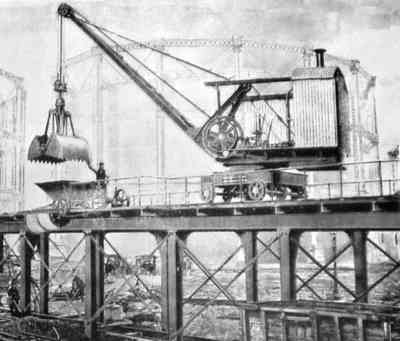
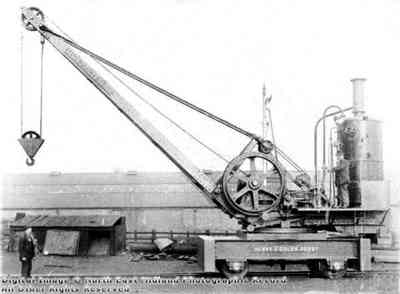
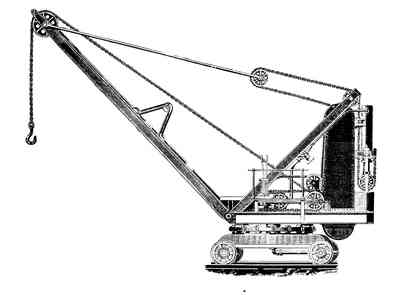
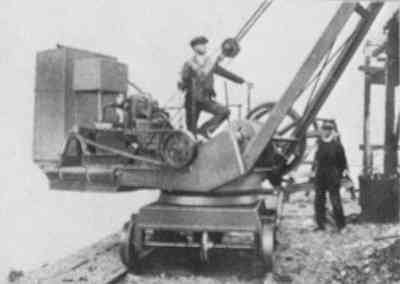
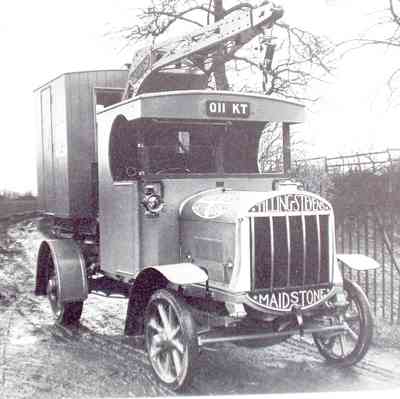

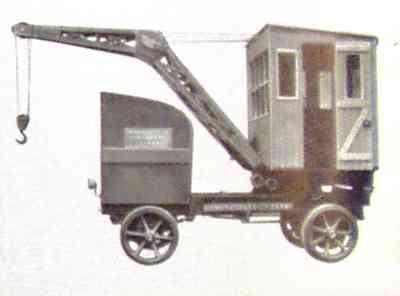
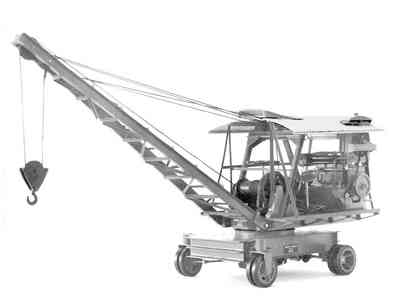
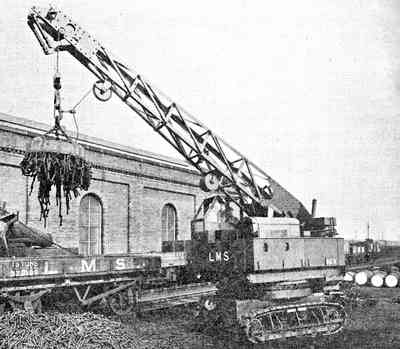
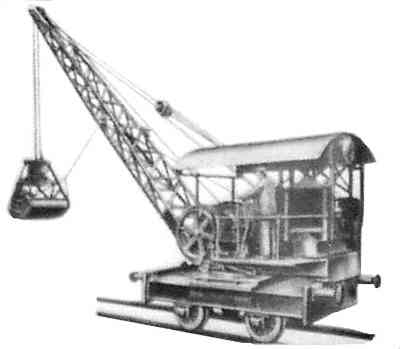
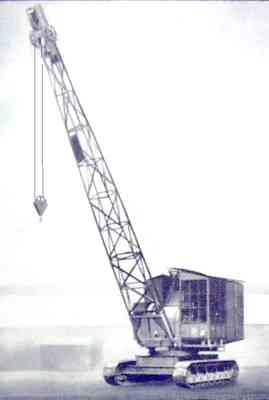
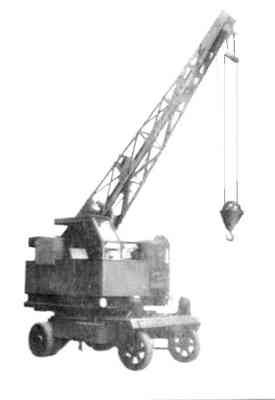
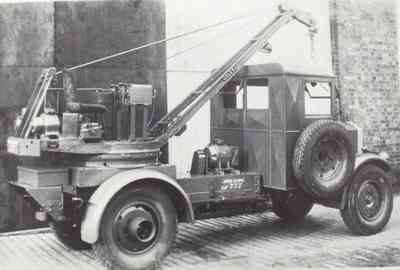
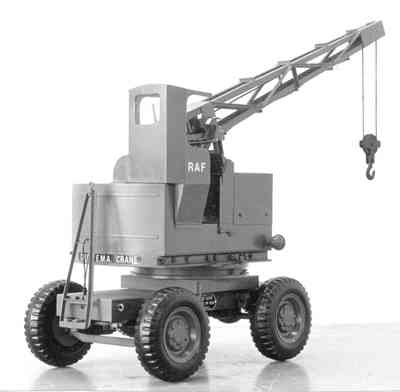
-5T-6x4-1939-m-2.jpg)
-3T-4x2
-1945-h-03.jpg)
